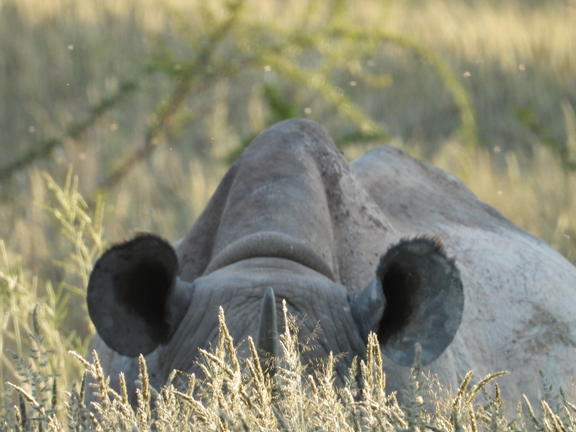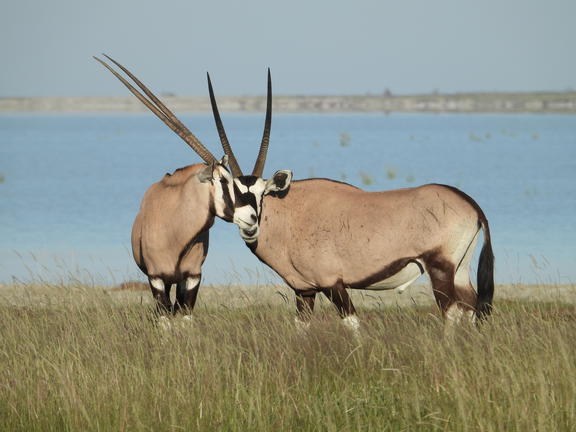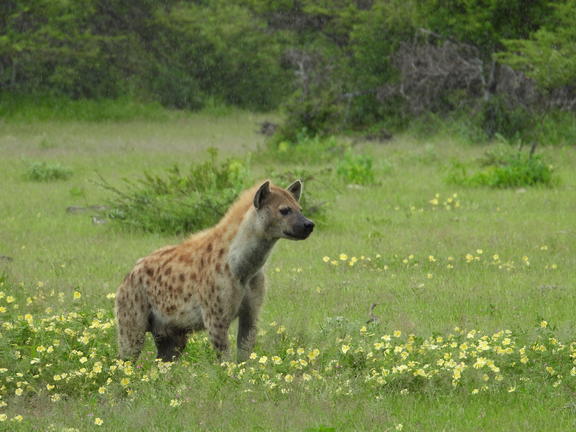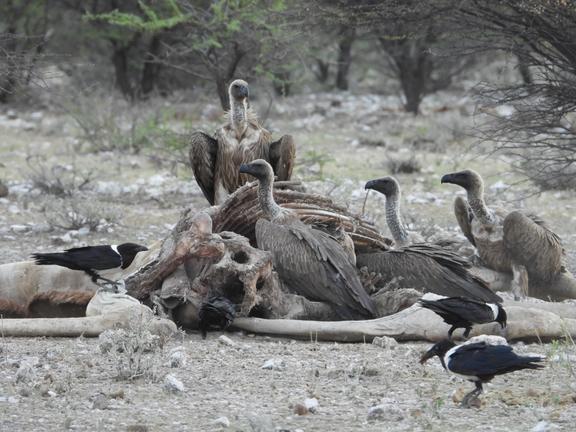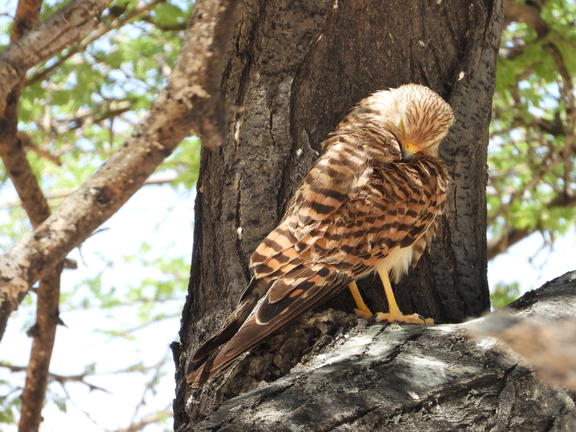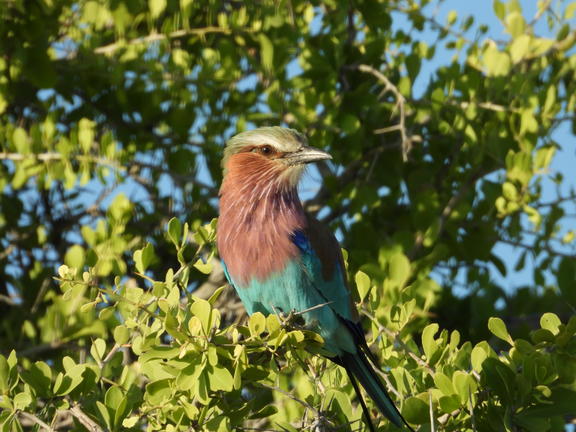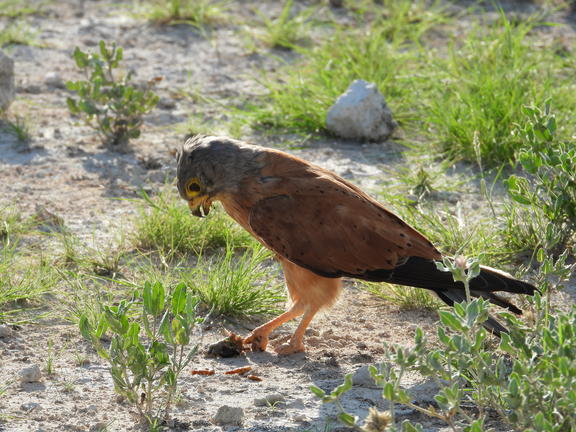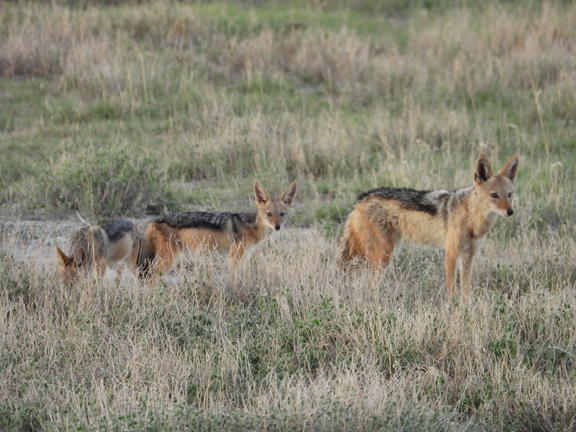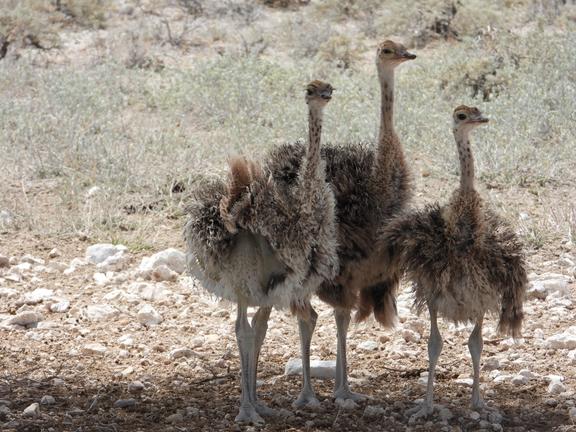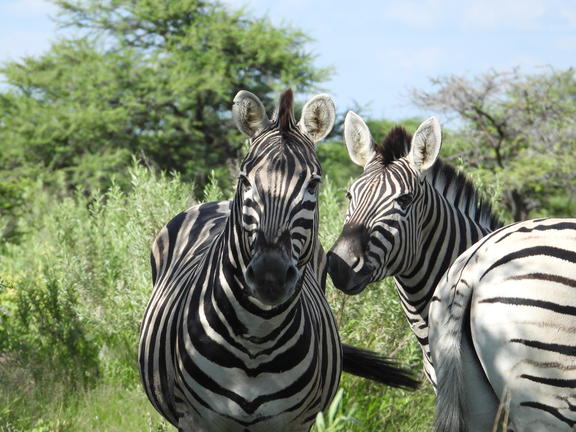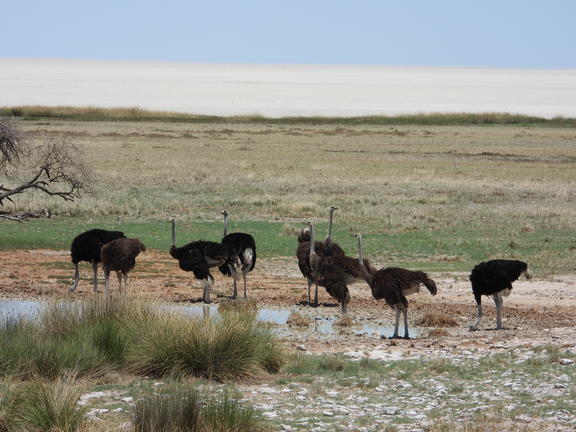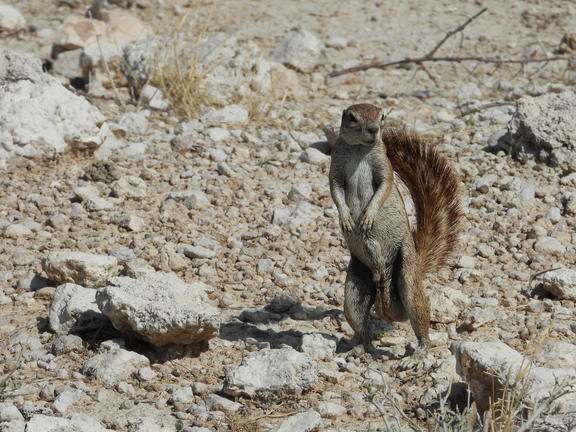Discover Etosha East, a lesser-known but spectacular region of Namibia’s iconic Etosha National Park. This remote part of the park offers a sense of untouched wilderness, where vast open plains, golden savannahs, and peaceful bush camps come together to create a truly immersive safari experience. It is here that you’ll find the magnificent Etosha Salt Pan — an ancient, shimmering expanse covering nearly 5,000 square kilometers. Visible even from space, the pan dominates the landscape and transforms dramatically with the seasons. In the dry season, its white crust stretches endlessly beneath wide blue skies, while during the rains, it can become a shallow lake, attracting thousands of flamingos and other waterbirds in a breathtaking display of life.
Etosha East is a sanctuary for wildlife enthusiasts and nature lovers alike. Lions, elephants, giraffes, zebras, and even the rare black rhinoceros roam freely through the area, often gathering at the natural and man-made waterholes that dot the terrain. Birdlife is equally rich and rewarding, with ostriches, eagles, hornbills, owls, and countless migratory species filling the air with movement and sound. The landscape itself is a stunning blend of contrast — from stark salt flats to mopane woodland and semi-arid grasslands, offering endless inspiration for photographers and serenity for those seeking solitude.
Thanks to its relative remoteness, Etosha East often feels quieter and more intimate than the busier western side of the park. Whether you're a seasoned safari-goer or visiting for the first time, the region promises unforgettable wildlife encounters, breathtaking scenery, and a deep connection to the rhythms of nature. For those looking to step off the beaten path and into the heart of Namibia’s wild beauty, Etosha East is a destination not to be missed.
